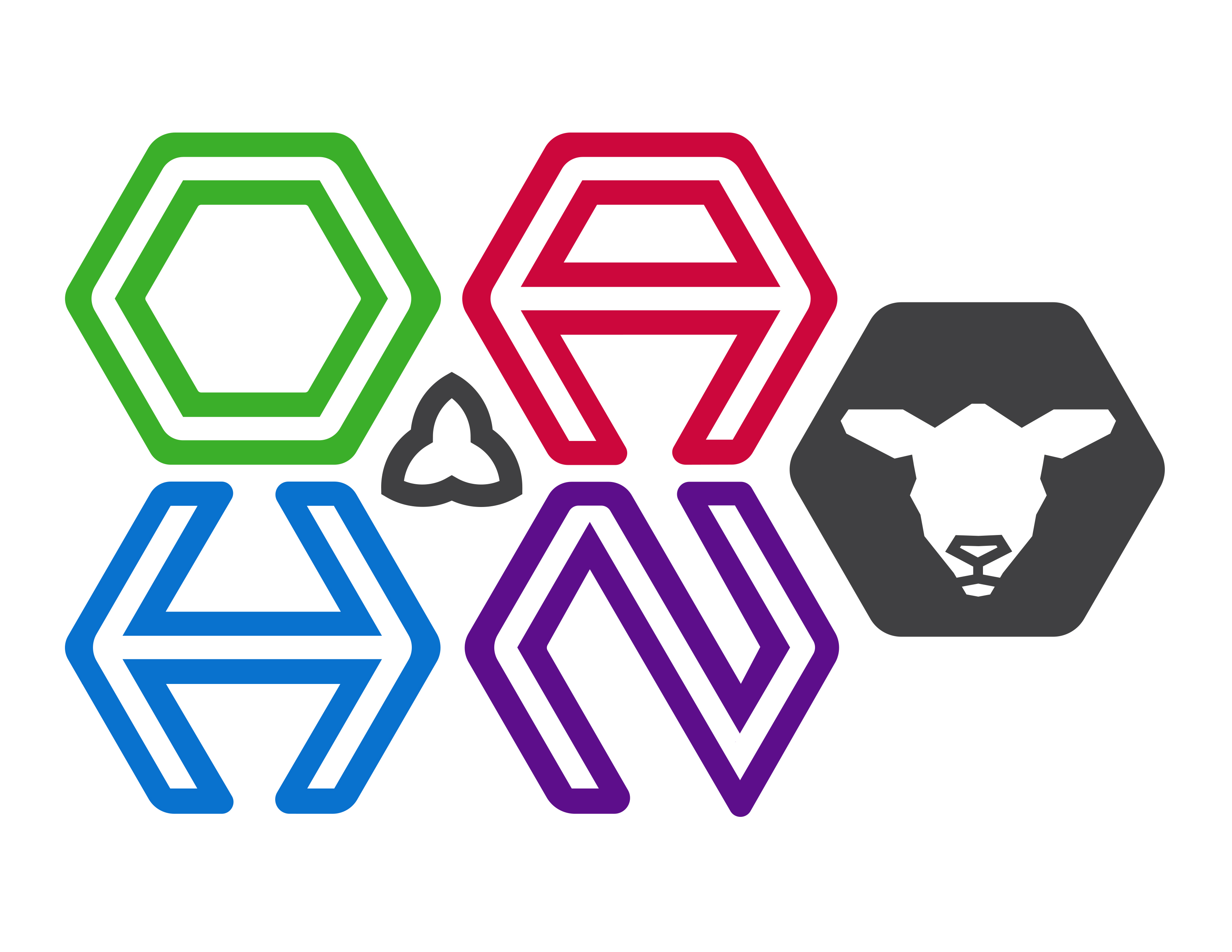OAHN Small Ruminant Network Project: Investigation of mucosal immunity to gastrointestinal nematodes in Ontario goats (in progress)

Project Lead: Dr. Emma Borkowski
Collaborators: Dr. Rex Crawford
Project Proposal:
Gastrointestinal nematodes (GINs) are ubiquitous pathogens of small ruminants worldwide, causing tremendous losses through reduced productivity, morbidity, and mortality (1-3). Control has traditionally relied on anthelmintics (1,3), but resistance is now widespread and as such, other methods require investigation. Immunologic GIN resistance has long been recognized as a heritable trait in sheep, allowing improvement through genetic selection (1,3). One particularly promising selection parameter is salivary immunoglobulin A (IgA) specific to carbohydrate larval antigen (CarLA) present on the surface of infective third-stage GIN larvae (L3) (1-3). Saliva for assessment of CarLA IgA is easy to collect and has not been associated with negative phenotypic traits, such as reduced growth, which occur with other measures of parasite resistance (1,3). By comparison, in goats, less is understood about development of an immune response to GINs. Goats are known to have higher susceptibility and parasite burdens than sheep under comparable challenge, and the onset of immunity is delayed relative to sheep (2). Nevertheless, preliminary data in cashmere goats in New Zealand suggests that goats can develop detectable salivary CarLA-specific IgA, and that levels are negatively associated with GIN FECs (R. Shaw, personal communication). However, these goats developed detectable CarLA IgA much later than sheep under the same conditions (1,3). The CarLA Saliva TestÒ has never been investigated in goats grazed under temperate conditions with short grazing seasons and long intervals without GIN exposure during winter, such as are seen in Canada. As a result, it is unclear how many seasons of GIN exposure are required for goats to mount a detectable CarLA IgA response under these conditions, nor whether this may be a useful tool for genetic selection as it appears to be in sheep.
This project has been invited to full proposal for funding through Organic Science Cluster 4 (OSC4), with a total proposed budget of $148,000. Of this amount, 50% will be matched through OSC4, 35% can be drawn from other government sources, and 15% must be from industry partners. Discussions are underway with Ontario Goat, the Canadian Meat Goat Association (CMGA), and other goat and organic producer groups to leverage industry support. At a minimum, all goat industry groups contacted thus far have indicated willingness to aid in farm recruitment. Additional funding will be sought through OMAFRA Tier I and the American Association of Small Ruminant Practitioners once these annual calls open in fall 2022 and winter 2023, respectively. The funding currently being requested from OAHN will allow the CarLA Saliva Test to be carried out on collected samples by the Animal Health Laboratory in late 2023. Results of this study will be published in a scientific journal and producer periodicals to increase awareness of immunologic GIN control, and will form the basis for further grant applications to investigate the effects of selection for GIN immunity on health of Canadian goats across multiple generations.

